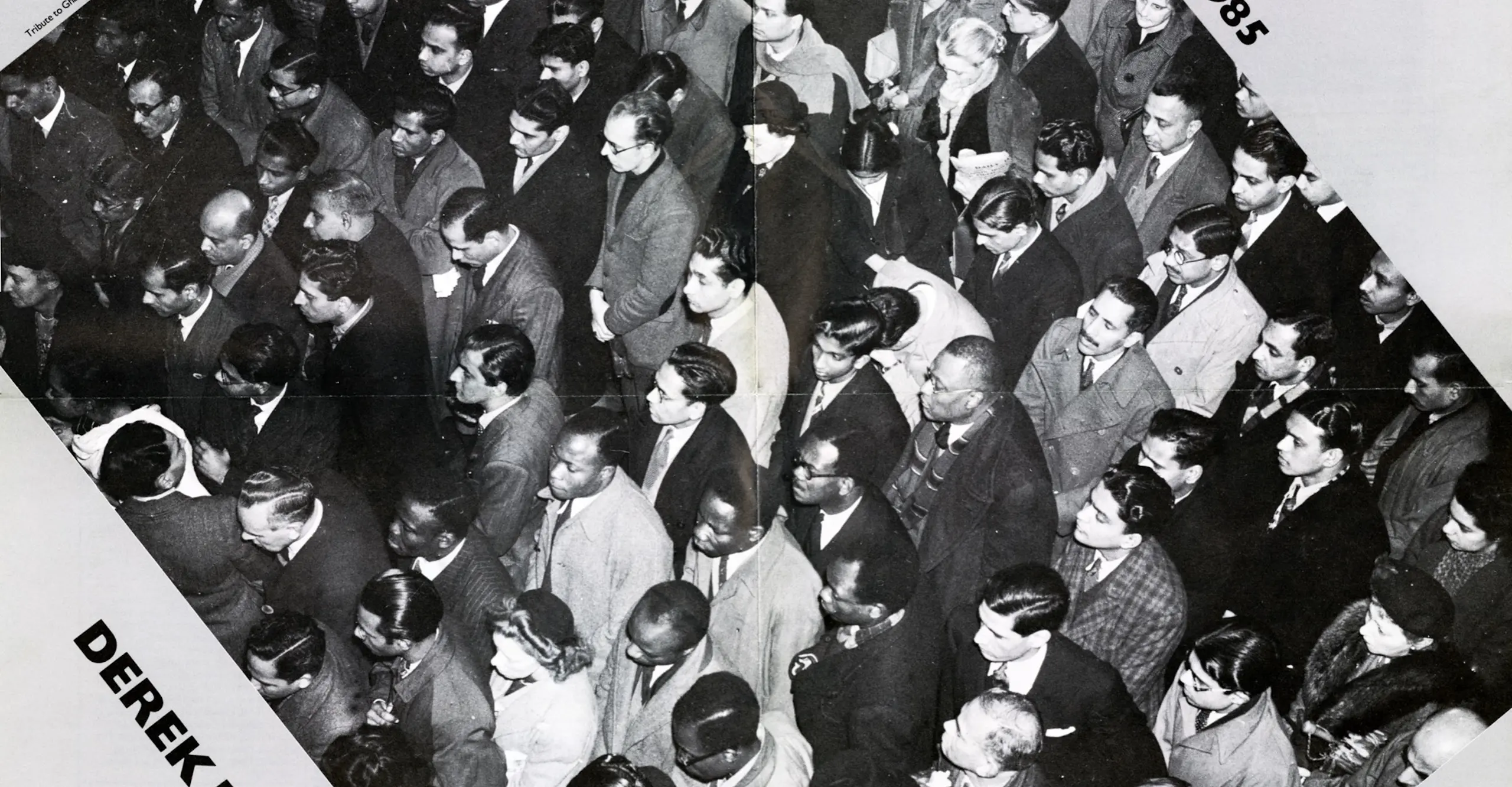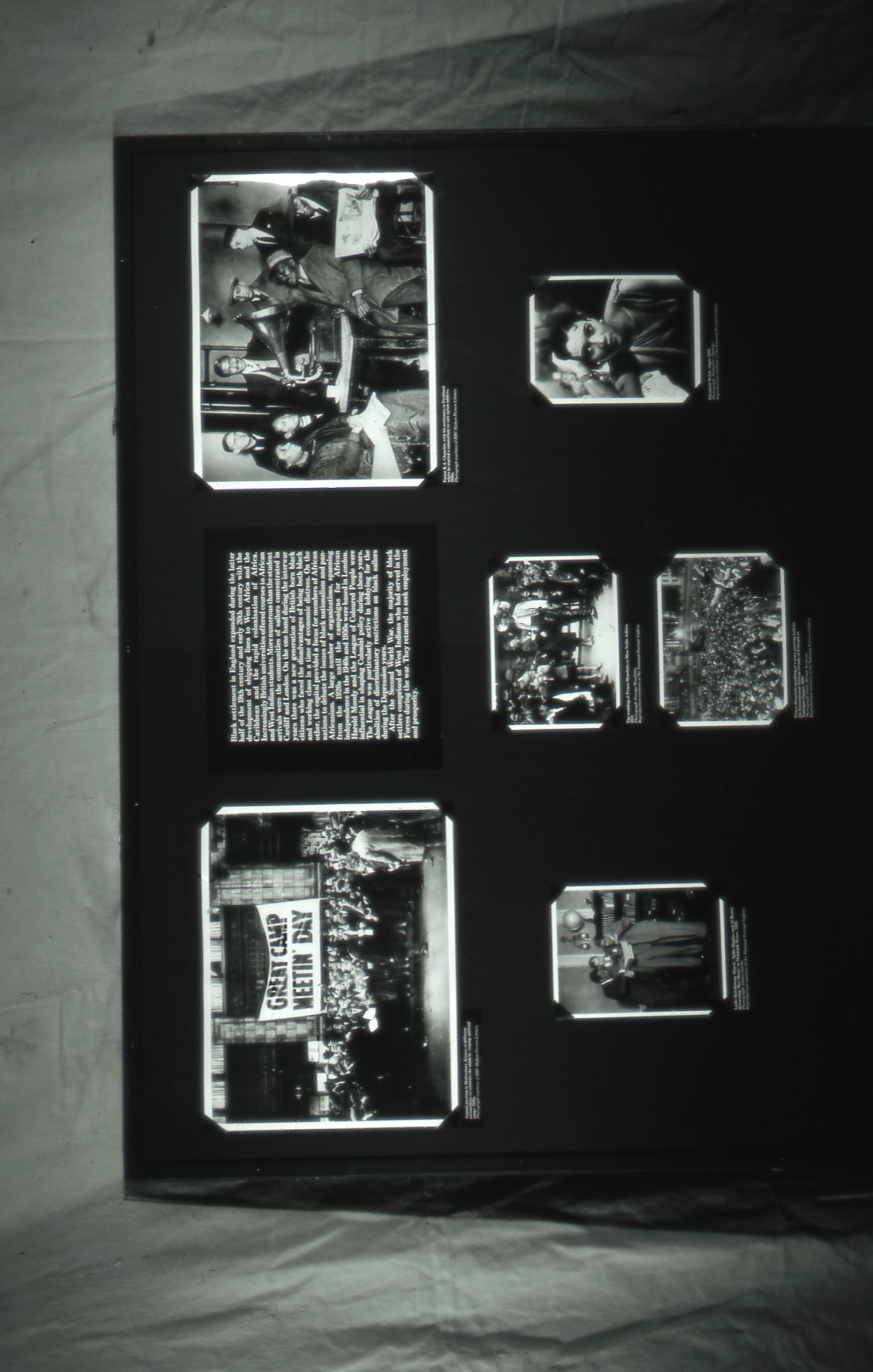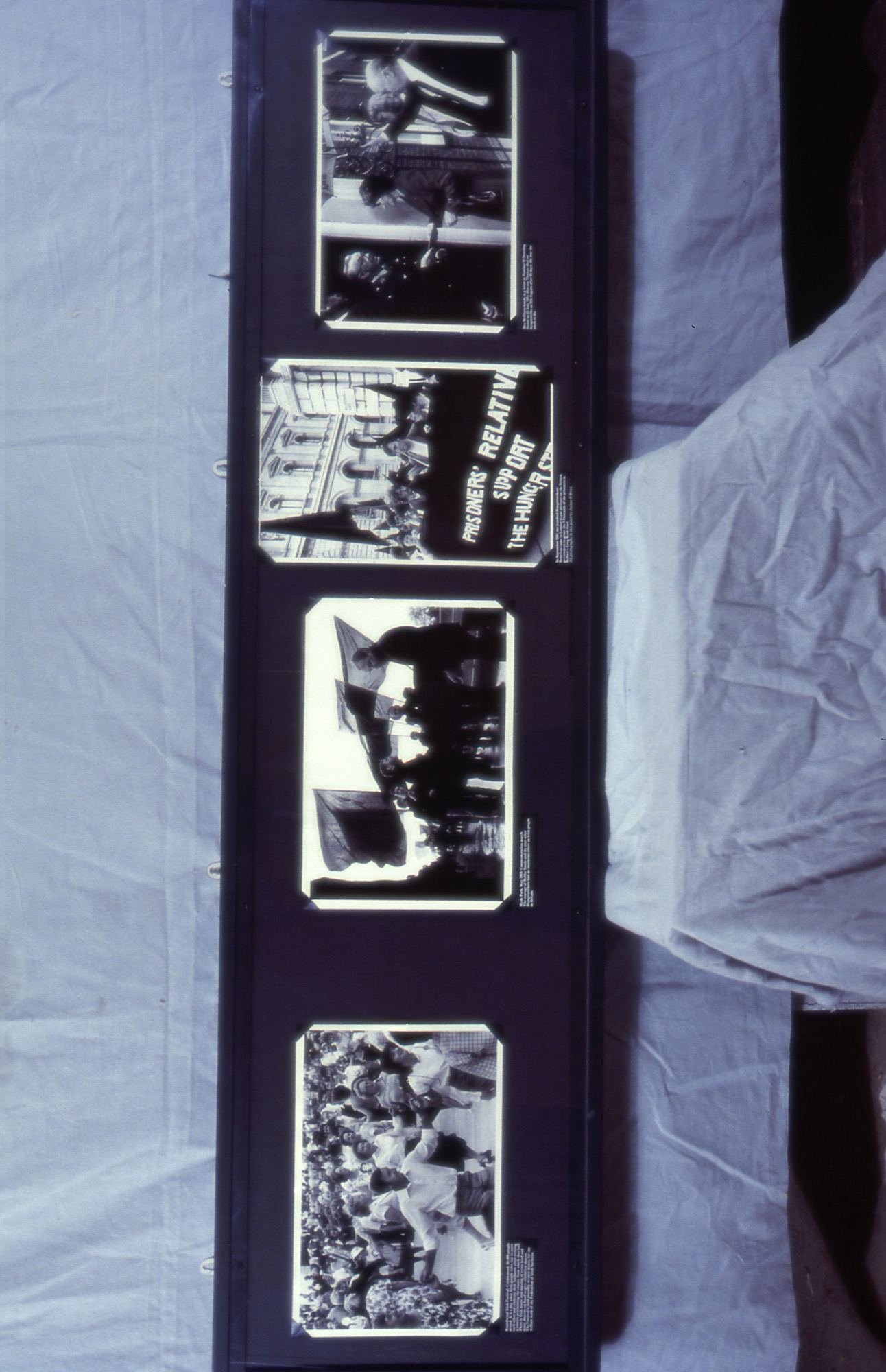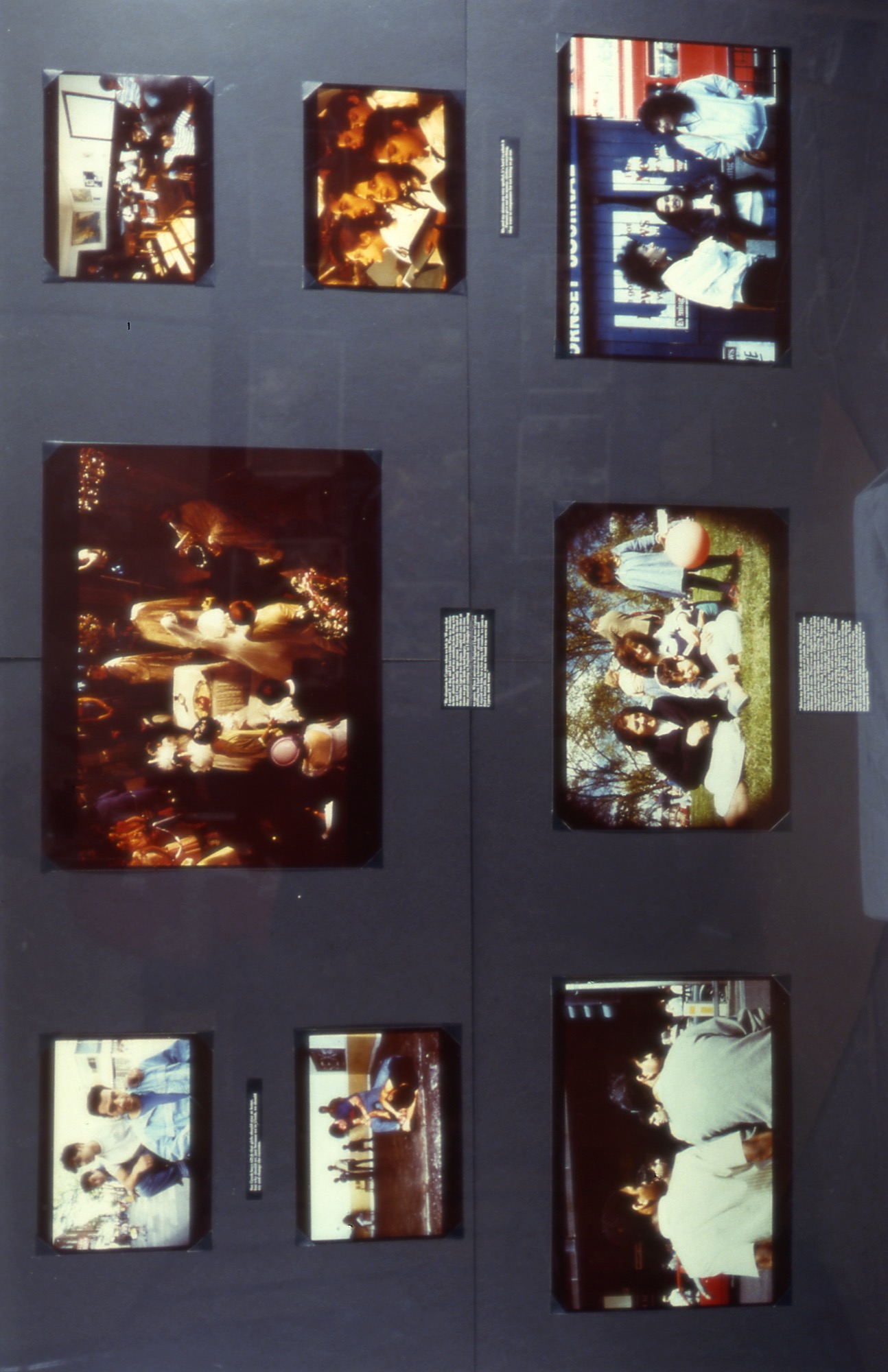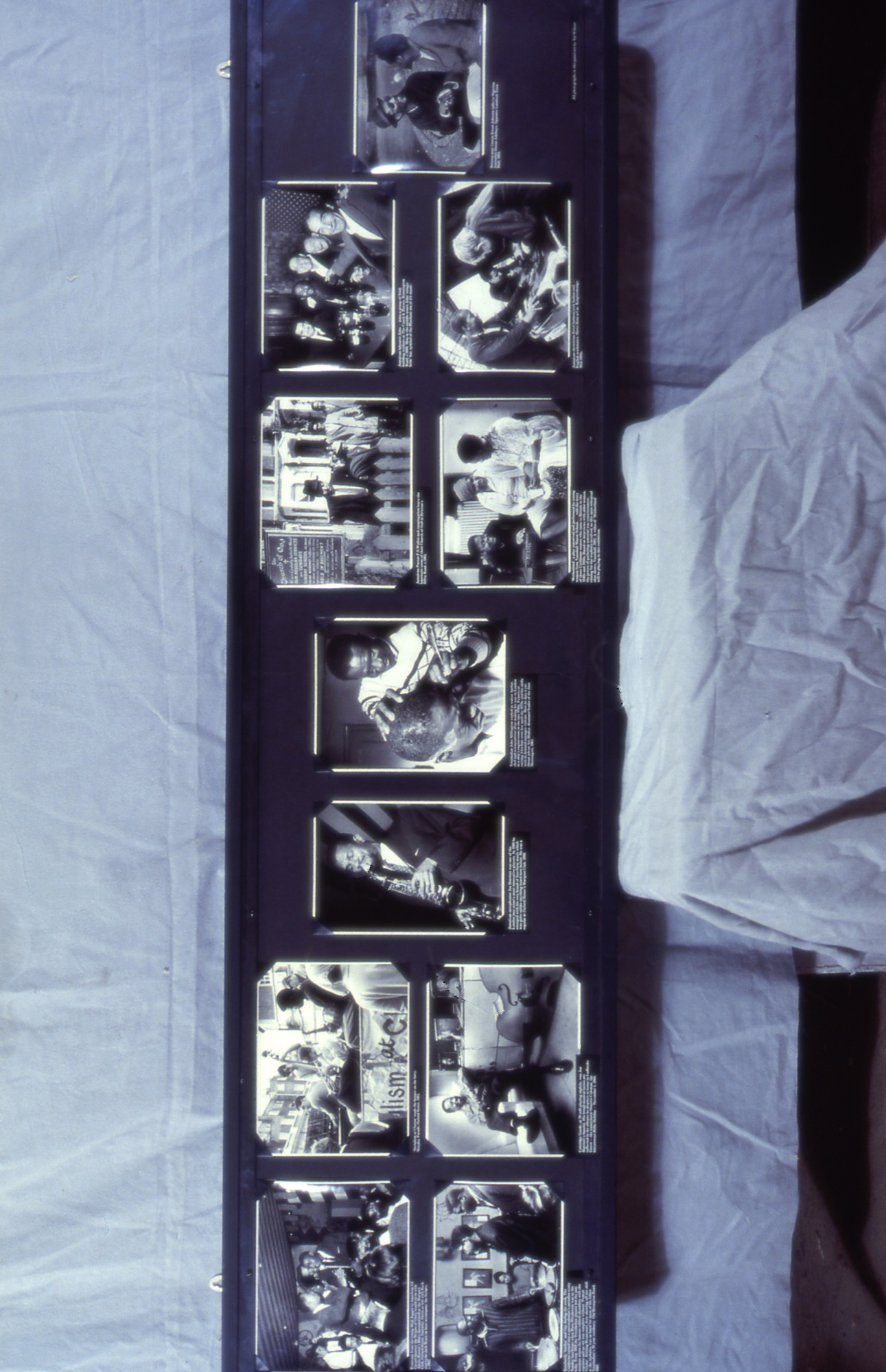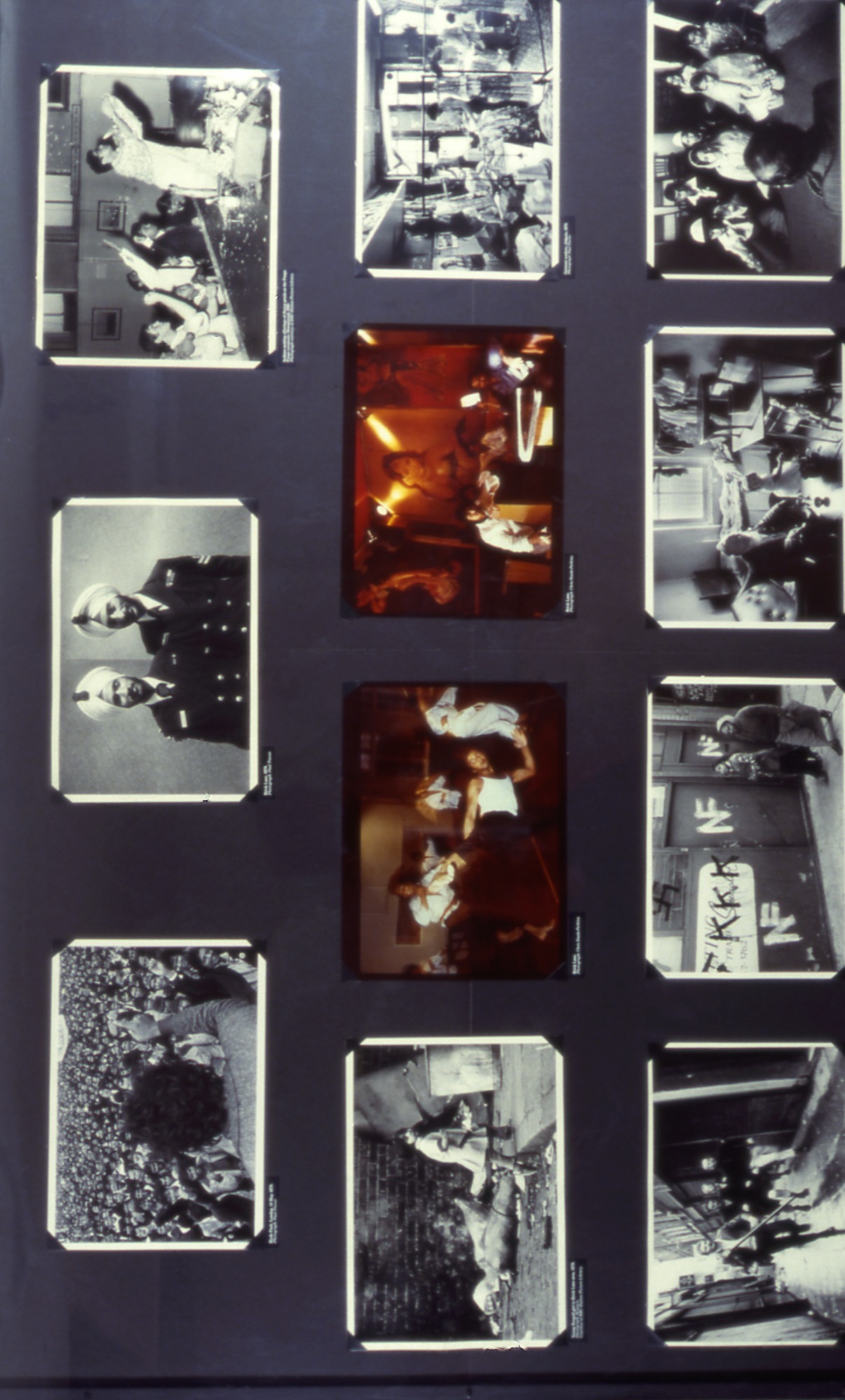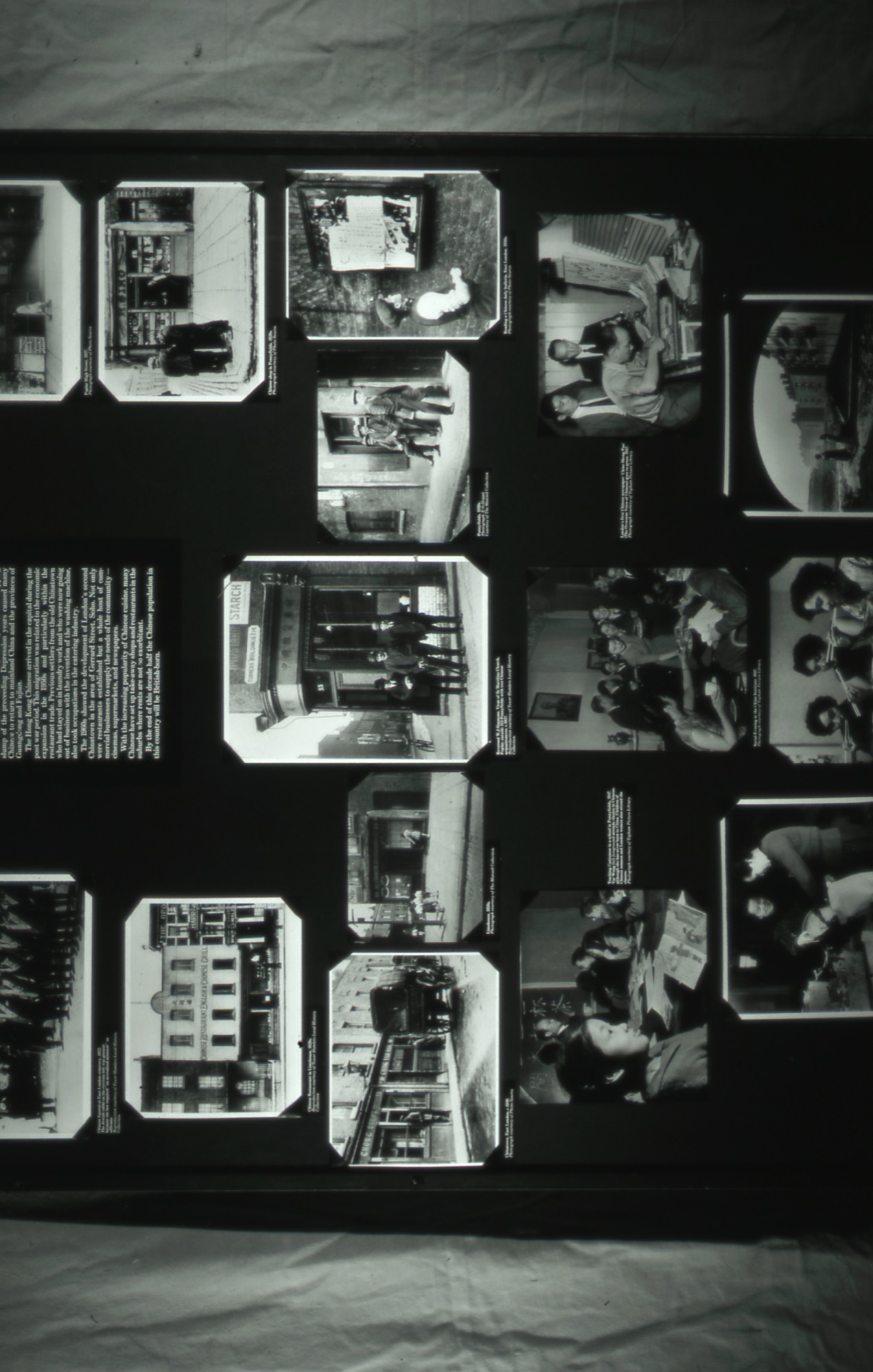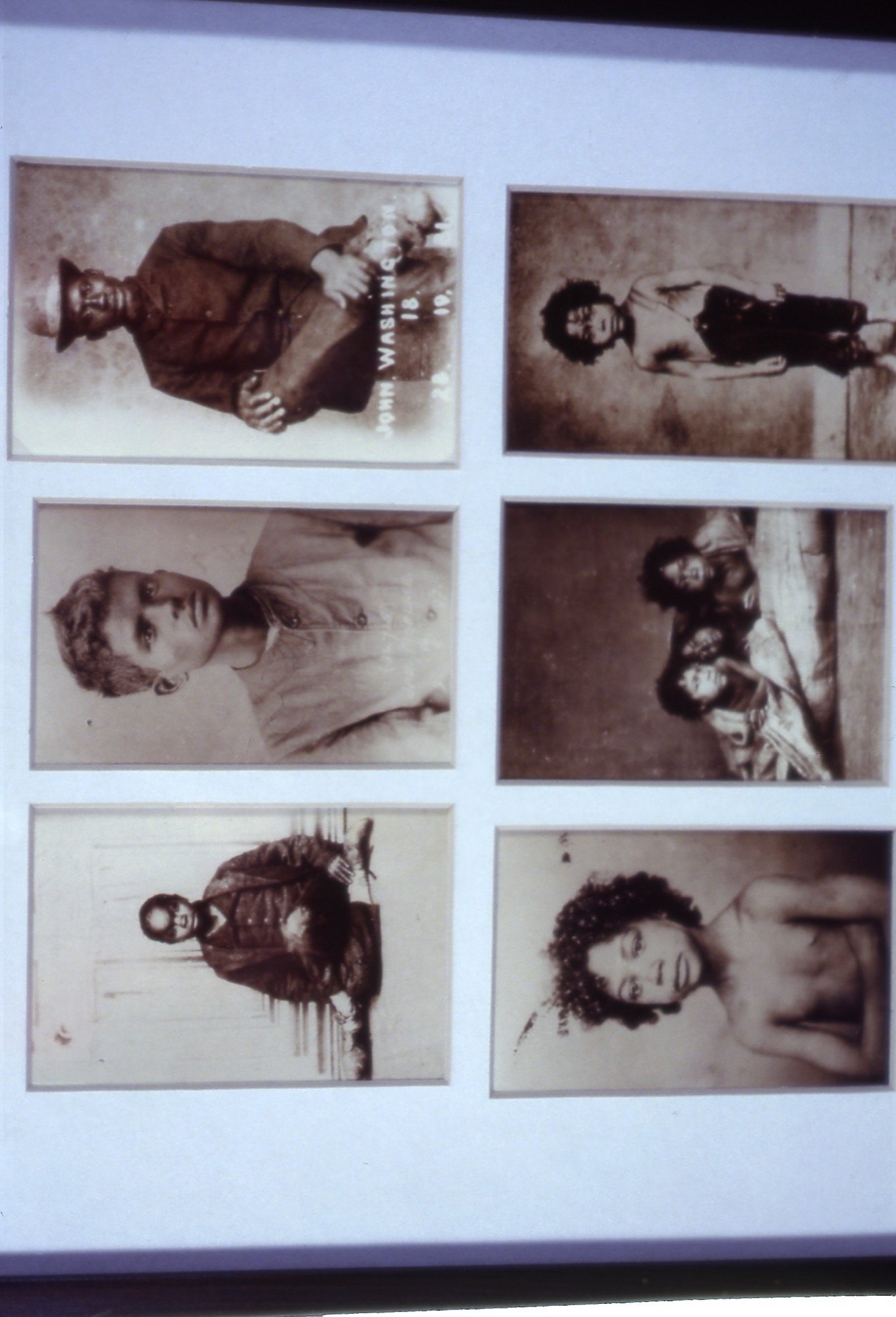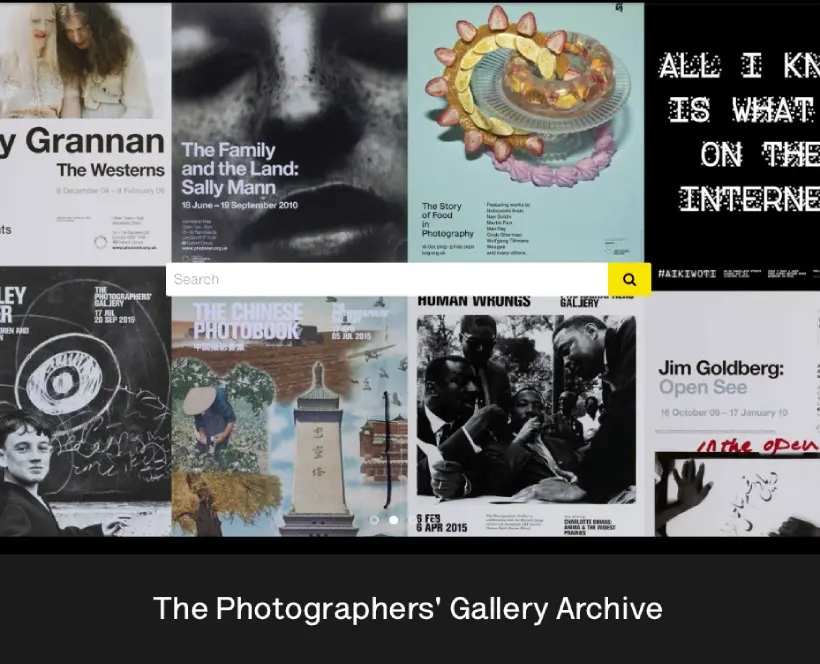An exhibition held to coincide with the GLC Anti-Racist activities, which explores the settlement of people in a wider historical context. Featuring Mike Abrahams, Santiago Castrillon, Emanuel Jordan, Neil Martinson, Chris Steele-Perkins, Paul Trevor & Val Wilmer. The following text was written by Alex Noble for the gallery leaflet.
The Gallery wanted to contribute to the growing interest and understanding of the capital's ethnic communities and so this exhibition was initiated to coincide with the GLC Anti-Racist year activities. The settlement of coloured people in Britain during the last thirty years has always received attention which has reinforced prejudices and misunderstanding about immigration. However, the purpose of this exhibition is to see the settlement of many peoples, regardless of colour, in a broader historical context.
Through the ages there have been migrations, whether one thinks of the invasions by Romans, Vikings and Normans or those who just came to trade. Their respective changes of and influences upon Anglo-Saxon society have been immense. Through the Middle Ages other groups had influence and control. The Jewish community was mentioned and censored in the Magna Carta (1215). Foreign merchants from the Hanseatic towns, Flemings who dominated the wool export trade and Italian financiers of the 14th century all prospered and suffered for this entrepreneurial success in London.
The more recent arrival of migrant communities in London has three main causes: those who have come 'home' from this country's former colonies, those who are forced to seek work in an international labour market and people, who because of political turmoil, have become refugees from the countries of their birth. By the 19th century, there were well-established Jewish and Irish communities in the capital. After the potato famines which became in 1846 there was a mass exodus from Ireland bringing tens of thousands of Irish to London. During the second half of the 19th century they were the largest 'foreign' group in the capital. In the late 1880's Jewish refugees, fleeing from the pogroms in Eastern Europe, settled and altered the nature of London's East End.
While books have chartered the progress and development of these two communities, photographic material has proved extremely rare. Photographers of that early epoch did not spend time on this phenomenon. To capture the exotic, picturesque and 'foreign' Francis Bedford, Frith and Samuel Browne, to name but three Victorian photographers, travelled abroad to India and the Near East. It was not until John Thomson's Street Life in London, 1877-78, that a serious photographic study of domestic 'types' in modern documentary terms occurred.
The earliest photographs in this exhibition are predominantly of the Irish and Jewish communities from the archives of the Museum of Labour History and Tower Hamlets History Collection. More recent material has been provided by Emanuel Jordan who documented Jewish life around London in the late 1950's and early 1960's. Also included are photographs of the Hassidic community from Stoke Newington and Stamford Hill by Network photographer Mike Abrahams and Neil Martinson who works for the Blackfriars Photography Project. Joanne O'Brien from Format is the only photographer who has provided an in-depth study of the present day Irish in London. She focuses on the one-day annual event of the Roundwood Irish Festival in Cricklewood where over 80,000 people meet. And she deals with the ever-present influence of the Catholic church, showing the community who attend Quex Road church in Kilburn. The political concerns of the London Irish are powerfully illustrated by the second anniversary memorial march in Hyde Park for Bobby Sands and the nine other hunger strikers.
Haris Pellapaisiotis of the Axis Photo Co-op has traced the development of second generation Cypriot youth in Haringey and Camden. His photographs show the concerns of two generations, those who came from Cyprus after the last war and those who were born in London. Earlier photographs by Bert Hardy from the 1950's emphasis how traditional values within the community have evolved over the last thirty years.
Santiago Castrillon of Xenon Photos has provided an unique document of Latin Americans in London. His series of stylised portraits with text acknowledges the difficulties of migrant workers from South American in the 1970's and 80's. The Chinese community which was concentrated in Limehouse at the turn of the century until the Second World War is illustrated by rare archive material from the Mansell Collection, Topham Picture Library and Photo Source. Recent photographs of Hong Kong Chinese in Soho are provided by Richard and Sally Greenhill and Alain Le Garsmeur.
The Afro-Caribbean and Asian communities have their origins in the last century. Photographs of homeless children from De Barnardo's in the 1870's and 1880's are evidence of a black community in the East End. Bengali seamen and Jamaican sailors were a familiar sight in the Docklands area. Photographs of post-war emigration have come from Picture Post, stories and contemporary work by Val Wilmer, Chris Steele-Perkins and Paul Trevor traces recent developments within the communities.
Deciding which national or religious groups should be included was a difficult task. No account has been made of EEC or other European nationals or Australasian and American migrants. Also the Maltest community in the East End and the Nepalese settlers in Camden Town, to name but two omissions, have not been accounted for. The primary reason for this is that no-one has yet documented these communities photographically.
However, the seven groups choses illustrate the main reasons for migration and the richness and diversity of their respective cultures have changed the face of the capital. By staying on they will create a new nation.
For further information on this and past exhibitions, visit our Archive and Study Room.
